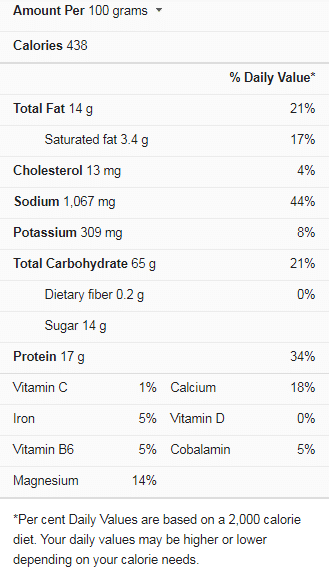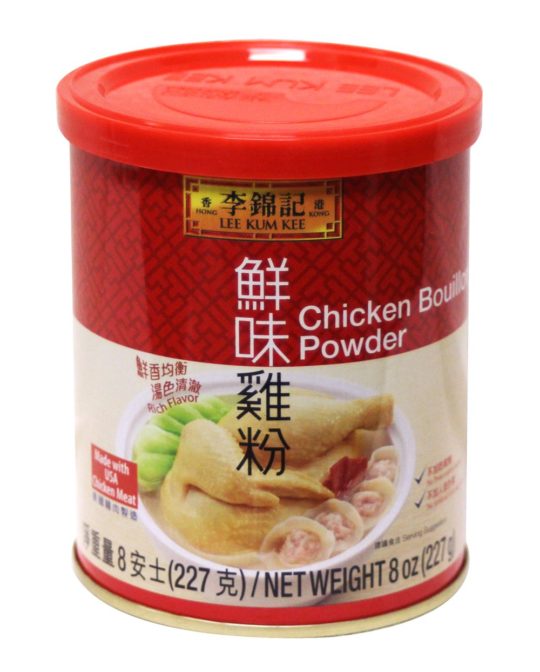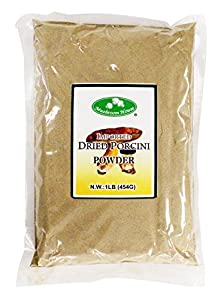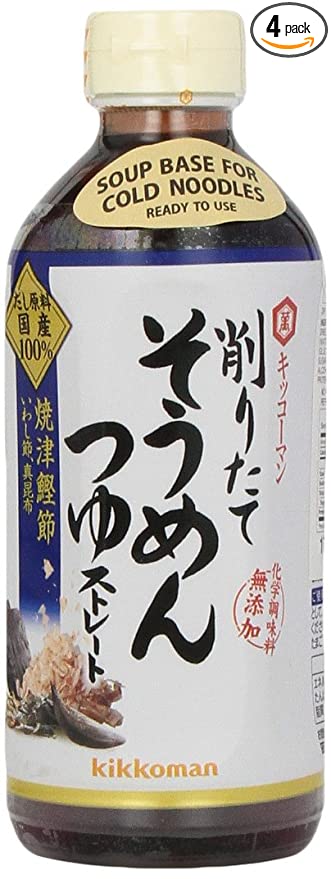Updated on April 9th, 2023
Dashi is to Japan, as ABC is to alphabets, and dashi is central to many Japanese dishes. A lot of Japanese broths, soups, and sauces are made up of this seaweed-based stock, dashi. If you’re looking to make a meal that adds a nice but not overwhelming flavor to your dish, then certainly dashi is the stock that you’re looking for.Its umami taste is what makes it such a vegetable broth that’s used in a large variety of meals.
Dashi Powder is often the most common form in which it’s sold. This powdered stock can then be mixed and made into the Dashi broth.The most notable Japanese meal in which the dashi is most commonly used is miso, and fish and Vegetables can be cooked in dashi. Also, Ramen and noodle dipping sauces are made from this seaweed-based stock.
What is Dashi?
Dashi is a stock made up of Kombu, katsuobushi, and not unusually fermented skipjack tuna or bonito. Kombu, the major ingredient in dashi, is edible dry seaweed sheets.
Rather than traditional sheets of Kombu, many commercial companies have the dashi made into powdered products which can be conveniently used in minutes. Boiling Kombu in water to remove the glutamic acid before chopping into meals is how dashi is made.
Dashi which has an umami taste, has a wide range of quality since its use as a liquid flavor enhancer is essential in Japanese and western cuisines. There are different forms or qualities in which dashi comes, and depending on your meal, it’s essential to pay attention to the difference.
Dashi Powder Nutrition Facts

How is Dashi Used in Recipes?
There are different kinds of dashi; the two most important ones used in recipes are Ichiban Dashi and Liban Dashi. Ichiban Dashi is also known as “first dashi,” and Niban Dashi is also known as “second dashi ”. The former makes clear soups due to their property and ability to give clean aromas and flavors. The latter is used in stews, sauces, etc.
The commercially made Dashi granules often contain a chemical made from MSG (monosodium glutamate); if you do not wish to have MSG in your meals, it’s important to avoid these commercial granules. There are also available commercial products of Kombu and Katsuobushi if you wish to make your own dashi without using the commercial Dashi Powder.
Some recipes in which the Dashi Powder is used includes:
- Miso soup
- Shrimp Tempura
- Tamagoyaki
- Beef Udon
- Oyakodon
- Homemade sesame Tofu
- Tinned Mackerel curry
- Edamame Tofu
- Ika Donburi (omelet squid on rice)
- Piripiri prawns with Tofu
- Shish Kebab
- Ramen soup
- Japanese Dashi chicken curry
- Dashi leftover furikake
- Eggplant in Dashi stock
- Dashi chazuke with broiled eel
Dashi Powder Substitutes
Dashi being a central ingredient in many Japanese dishes, sometimes proves absolutely impossible to not have a recipe that doesn’t demand the use of dashi; for this, anyone who wants to make Japanese cuisine needs to have such an ingredient within reach.
It’s absolutely frustrating to have to run out of Dashi Stock; although making one from scratch is possible, but expense and effort make it not feasible sometimes. This is why we will be exploring other easy-to-find ingredients that can replace dashi in your recipes. Here are some of these substitutes:
Chicken Stock Powder
This is one common household spice that we can find conveniently in any store or even in our cupboards when we run out of dashi. The great part of chicken stock powder as a substitute is its umami taste which it gives in food. Often, using chicken stock powder means that we might have to consider the saltiness that may come with it and be sure not to use too much of it in the recipe. So if a recipe calls for one cup of dashi powder, it should be substituted with half a cup of chicken stock to avoid saltiness.
Dried Bonito Shavings
This ingredient can be made into a broth to be used as a replacement in recipes or simply have it sprinkled all over the meal to boost its taste. Although fresh bonito shavings are way better, dried bonito shavings work just as great as a substitute. Sprinkling 1-3 teaspoons over a meal should work wonders.
Dried Shiitake Mushroom Soup Stock
Dried shiitake mushrooms are a type of mushroom that has an abundance of umami components. The best way to use this mushroom as a substitute is to soak it in water first, about 1 mushroom in 100ml, to make a soup stock. Due to its strong smell, it’s not suitable for making miso; you don’t want it smelling like shiitake.
Mentsuyu
This fantastic ingredient makes a great substitute because it has just as much dashi in it as another assorted seasoning that gives extra flavor to your meal. Using Mentsuyu means that you needn’t add any other flavoring agents; mentsuyu is just enough to give the umami flavor you need. It does well in making soy sauce-based soups instead of miso.
Frequently asked questions (FAQs)
How long can you store dashi for?
Dashi can last up to 14 days if stored properly, and it will go sour if not appropriately kept. If your Dashi stock is not in use, you can refrigerate it, making it last 3-5 days, or keep it in a freezer for up to 2 weeks.
How can you tell that your dashi has gone bad?
Three ways to confirm bad dashi is to smell it, check for clumps and color. Bad Dashi smells sweeter than usual or smells like something that has really gone bad. When Dashi particles (they look like pellets) clump together, they have certainly lost the umami taste. Lastly, if its usual brownish tone has become green or blue, it has definitely gone bad.
Conclusion:
Dashi is an important part of many Japanese recipes, and its sought-after umami flavor makes it such a desirable ingredient. When absent, it can be quite a cooking disaster. However, you needn’t worry about losing the extra flavor that umami gives your food when you could simply try any of the above substitutes for a wholesome meal.




